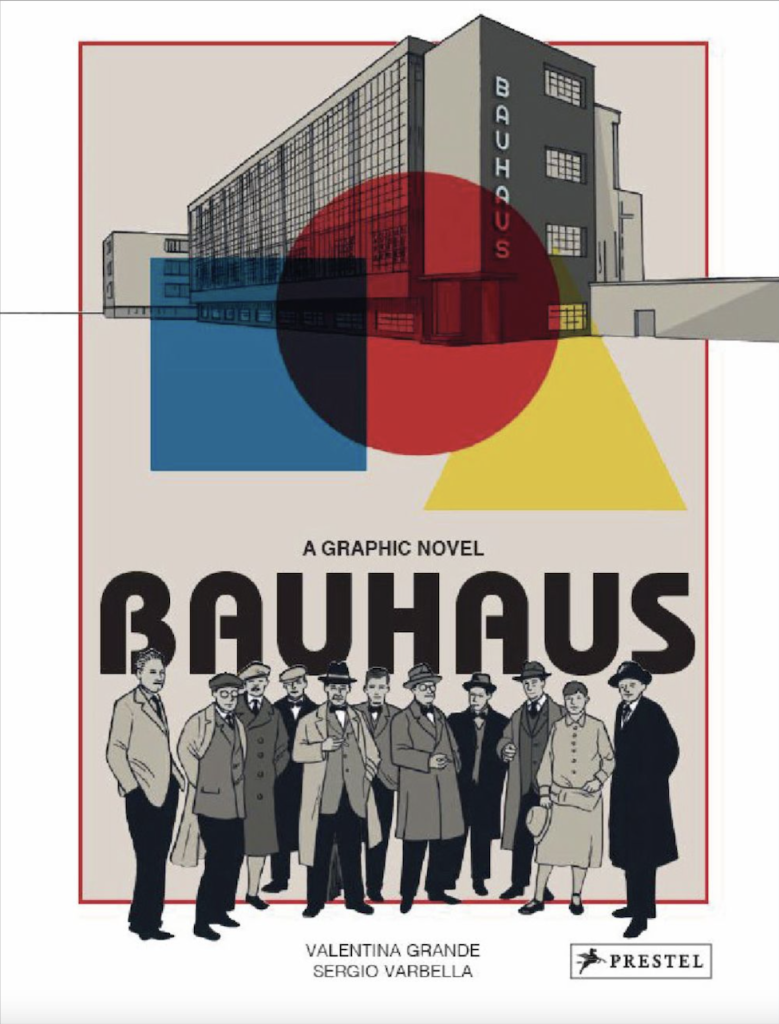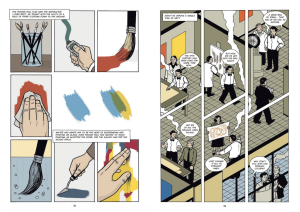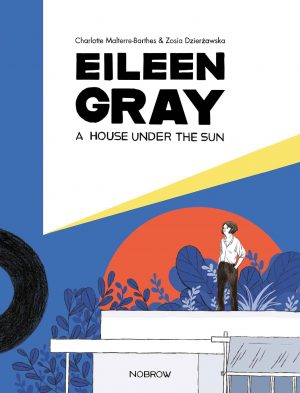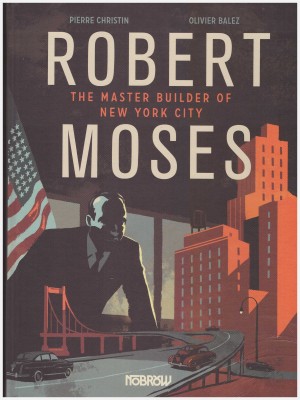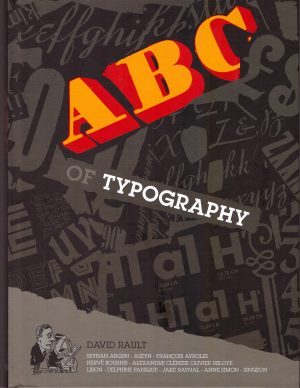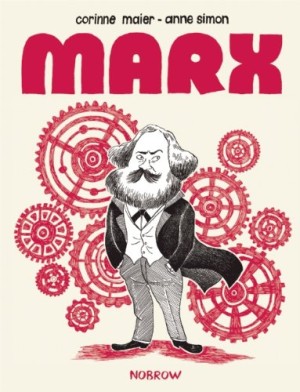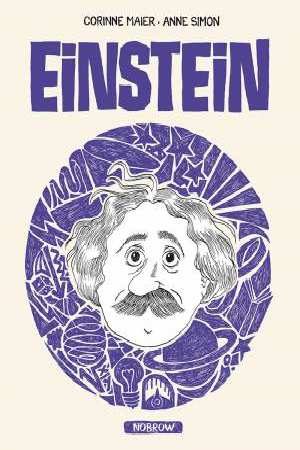Review by Graham Johnstone
Graphic novels about art and artists are an expanding genre. Often found in art museum shops, they’re well placed to reach an audience attracted by their subjects, but perhaps new to graphic novels.
After a string of single artist biographies, Bauhaus is the story of an institution, one might credibly say ‘a phenomenon’. The German Bauhaus art and design school had, in turn, three buildings in different cities, and three different directors. Add to this numerous significant tutors and students, shifting philosophies and politics, and, as the creators acknowledge in their afterword, you have a difficult story to tell. It couldn’t be via the voice of a single individual, so instead they give voice to Bauhaus itself, so offering a greater combination of insight, objectivity and historical perspective than any single participant could provide. It also fits the publisher’s taste for a whole ‘life’ overview.
Writer Valentina Grande hooks the reader straight into the artistic ideas, before deftly feeding in some backstory. She sensibly structures the book into three sections based on the periods in each building with a prologue and epilogue stepping back for wider context. She weaves the story briskly but deftly, for example introducing artists along with their art forms. This includes many intriguing, but less-known characters, including female students, and instructors’ wives, themselves influential thinkers and contributors. Numerous vivid details include students dancing to Jazz music. That both adds some human interest to the theory, and encapsulates the progressive spirit that troubled various incarnations of the German state. The Nazis didn’t close the school, they just imposed conditions, (for example, only German students) that made the school itself decide to close, which is a fascinating glimpse of authoritarian methodology. Other times, though, conflicts big enough for directors to quit, remain opaque. However, overall, Grande makes light work of a complex subject and large cast. It’s an impressive feat over 120 small pages, still leaving ample scope for the artist.
Sergio Varbella uses that space well, immersing us in the setting, philosophy, and products of the Bauhaus. White silhouette hands reaching into colours and shapes, symbolise both the school, and the authors’ task, creating an apt, and (literally) dazzling opening. Varbella nudges his style towards a clear line that favours architecture, and interiors. His use of 45 degree ‘isometric view’ evokes Chris Ware. Of course Varbella can’t match Ware, but uses the style ingeniously, for example drawing a room in the minimal colours and shapes of De Stijl (‘The Style’, best remembered for Mondrian). Varbella’s people can look somewhat mechanical: his drawing of a Bauhaus chair is more convincing than the person sitting on it. However that’s a fair trade-off, and more fitting here than evoking, say, Germany’s Expressionist art of the period. True to the Bauhaus’ multi-disciplinary spirit, Varbella stretches from illustration into design, and what we’d now call infographics. Numerous pages and spreads, illuminate Bauhaus ideas, while appealing in themselves. It’s hard to imagine who could visualise this better.
Bauhaus, is as good an introduction to the subject as you could get in the hour it takes to read, and an inventive, stylish, graphic novel in itself.
Grande has penned graphic novels about authors Gertrude Stein, Raymond Carver, and J.D. Salinger, and Varbella has drawn one about artist/designer Fortunato Depero. It’s hoped these will also appear in English.
